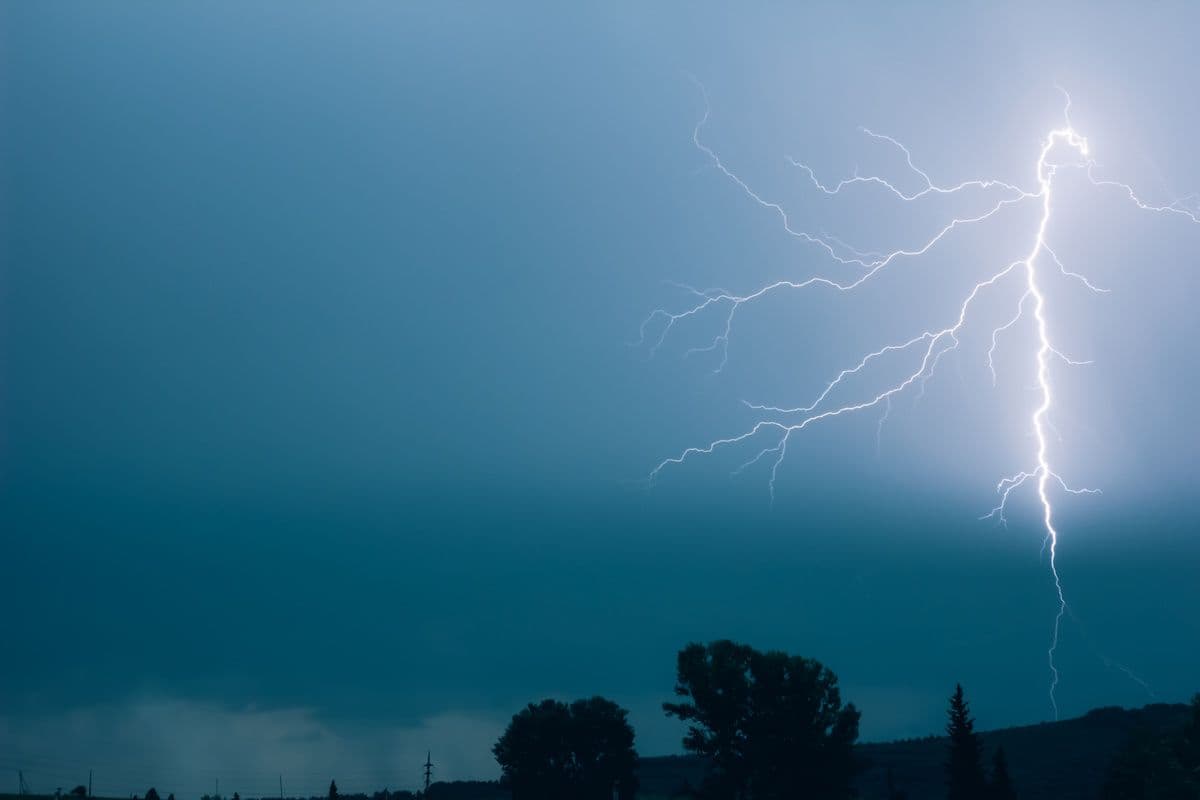Thunderstorms in Sweden and the world
In Sweden, thunderstorms occur on average 5-20 days per year, and the Swedish Meteorological and Hydrological Institute (SMHI) registers 150,000 lightning strikes to the ground per year. The northwest mountain area (fjällen) and the west coast are the areas most prone to thunderstorms. Globally, thunderstorms occur most frequently in tropical countries, such as Amazonas, which has up to 250 thunderstorm days per year. The place with the most thunderstorms is Lake Maracaibo, which has between 250-300 thunderstorm days per year.
When does it thunderstorm?
Thunderstorms usually occur in the afternoon or early evening. This is due to the process of how cumulus clouds warm the ground, cool the air, and condense water vapor into cloud droplets. This process starts in the morning and is fully developed by the afternoon.
Lightning and thunderstorm in the winter?
Yes, even during the winter months, from October to March, thunderstorms can occur, and this is called winter thunderstorm. The most common areas for winter thunderstorms are in southern Sweden, in connection with bad weather and near the coast.
How do thunderstorms form?
Thunderstorms occur in cumulus clouds where there is a separation of electrical charges, with the lower part becoming negatively charged and the upper part becoming positively charged. When the voltage difference between the cloud and the ground becomes large enough, a discharge occurs, which we call lightning.
How do you calculate how far away the lightning has struck?
You can count the seconds between when you see the lightning and when you hear the thunder. 3 seconds between the visual lightning and when you hear the thunder means that the lightning has struck about 1 kilometer away.
What should you do when there is a thunderstorm?
The risk of being directly hit by lightning is small, but it can be directly fatal and cause serious injuries. This is advice from Krisinformation.se on what to do when there is a thunderstorm:
- Stay indoors
- Avoid standing under a tree or tall objects
- Avoid standing in an open field
- Unplug electrical appliances from the wall outlets
- Avoid being in or on water
There are no 100% safe places, but some places are safer than others
- Inside buildings, larger ones are preferred
- Do not touch electrical products such as lamps, water systems, or chimneys
- Close all windows to prevent glass shattering and fire spreading
- Avoid balconies and verandas
Are cars safe during thunderstorms?
Cars and other vehicles are generally safe, but keep in mind the following:
- Do not touch metal parts or the radio
- Large windows and non-metal surfaces reduce safety
General safety tips
Avoid open fields when there is a thunderstorm. Bicycles and motorcycles can be dangerous, as well as open boats and sailboats. Long objects such as umbrellas, fishing rods, and kites can become lightning conductors and should be avoided.
Read more: What not to do when there is a thunderstorm?
Sources: SMHI, Krisinformation.se





